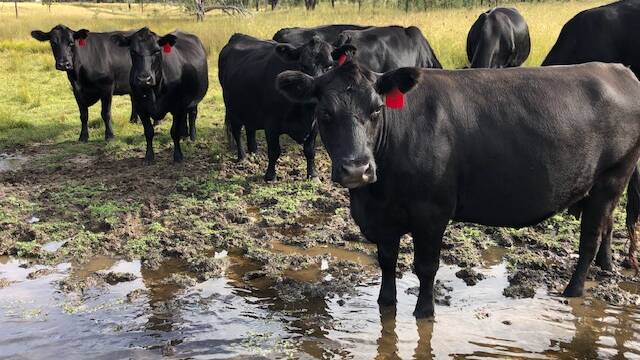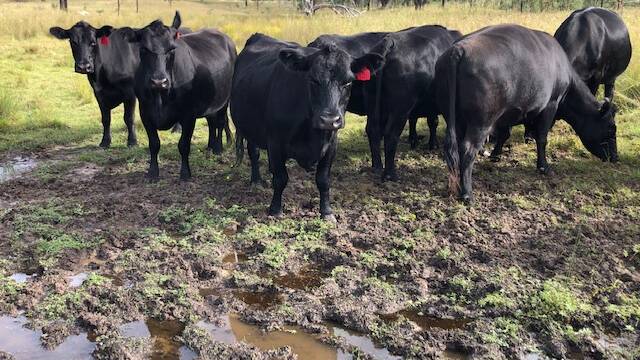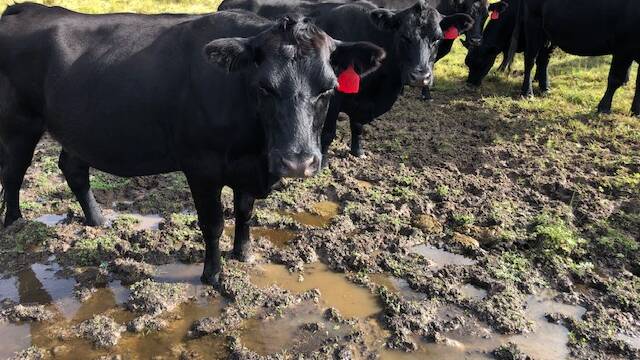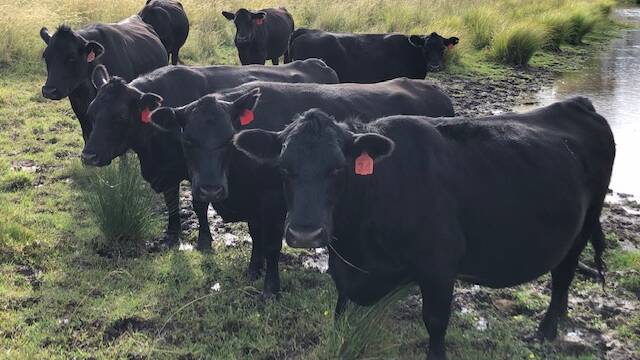
MAJOR rain across parts of Queensland and northern NSW have created challenges and problems for many beef cattle operations.
February and March are typically some of the wettest months of the year, and this year they have been some of the wettest on record.
Nutrition and herd health are likely to be the production areas most impacted by excessive rainfall.
Reports from producers indicate that body conditions scores of breeding herds and average daily gains of growing cattle have been lower than expected in many cases, despite providing access to forage and feed that might produce acceptable gains in most years.
High moisture levels in pasture plants result in less dry matter consumed for a given quantity of forage. In addition, the nutritional value or quality of warm-season forages tends to drop this time of year.

In the event that temperatures become cold during wet conditions, cattle maintenance energy requirements increase as well.
Some cattle may not consume enough dry matter to meet intake and nutrient demands.
This can occur on pastures with what appears to be "plenty of forage" available for cattle.
It may at first seem counter intuitive to put out hay on pasture with apparent adequate available forage.
However, providing hay to these cattle can improve dry matter intake.

Hay will also decrease the rate of gut passage, allowing cattle to perform better on pasture.
Some producers may be hesitant to be putting out hay this early in the feeding season because labor constraints and concerns about having enough hay to make it through the winter.
Yet, by not meeting cattle intake and nutrient needs, producers will face even greater challenges later.
Cows will calve in poor body condition, will not rebreed on time, and calves will not meet weight gain targets.
In addition to the effects of wet weather on nutrient availability, mud can affect feeding behavior.
Muddy areas create a suction effect on the legs and hooves of cattle.
This makes it hard for cattle to move around freely, and they stand still instead. 10 to 20cm of mud can decrease feed intake by 4 to 8 per cent and slow gains by 14pc. Excessive and deep mud can reduce intake by 30pc.

Pasture damage from cattle hooves is particularly noticeable during very wet periods.
Trampling creates muddy pastures with less available forage for grazing.
Pasture damage is often worst in areas where cattle loaf or congregate such as shade or near water and feeding areas.
When feeding hay, start towards the back of the pasture and work towards the front to keep mud from blocking pasture access.
Pasture damage expands to new areas each time hay or feeding areas are moved. High stocking rates increase pasture damage. This often occurs within a relatively short period of time.
Although pasture damage is largely unavoidable during very wet periods, use of feeding pads, lanes for moving cattle, rotational grazing methods, and lower stocking rates can help limit this damage.

Many producers are looking at weaning soon and stress from excessively wet conditions adds to the challenges that calves face at weaning. Calf health and performance can be affected by this.
Use low-stress weaning methods, appropriate vaccination and parasite control strategies, and high-quality feeds and forages for weaned calves.
To protect cattle health and ensure acceptable performance, observe cattle closely and take needed steps to improve the production environment during excessively wet conditions.
When feeding weaners the ration should contain moderate starch levels and this can be achieved by presenting 2-4kg of processed grain or calf pellets to each individual per day.
The wet weather has caused grain silos and pads to become moist and generated mycotoxins in grains and stored forages which can be detrimental to cattle health.
Symptoms of mycotoxin ingestion include vomiting. scouring and reduced intakes and ultimately low or negative weight gains.
The use of a mycotoxin deactivator such as Mycosorb A+ will reduce the negative effects of contaminated feed ingredients and a 10 gram daily dose will cost 13c/head.
- Toby Doak is a livestock nutrition advisor with Alltech Lienert Australia.
Want daily news highlights delivered to your inbox? Sign up to the Queensland Country Life newsletter below.

